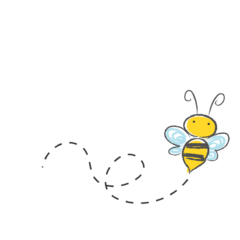Mindfulness and Chronic Pain
In the realm of pain management, where pharmaceutical interventions often take center stage, there exists a complementary and holistic approach that has gained attention in recent years – mindfulness. Mindfulness has emerged as a tool for alleviating both physical and emotional suffering associated with chronic pain. This article explores the principles of mindfulness and its […]
Mindfulness and Chronic Pain Read More »
